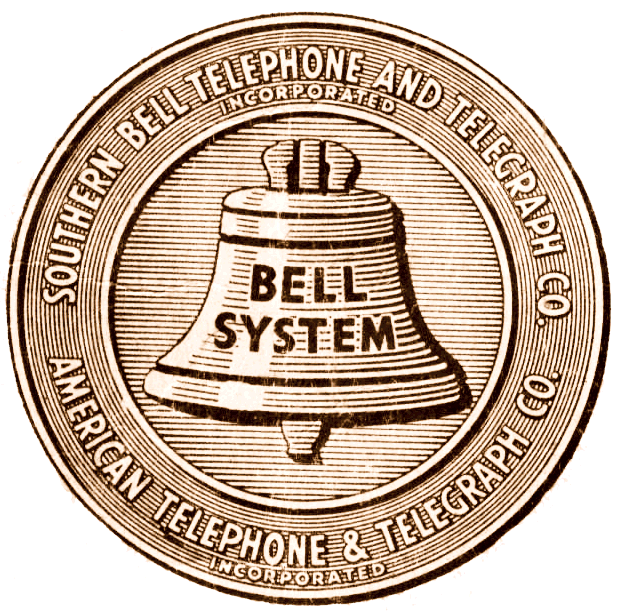I want to make the switch but I want to test run first before fully committing. My PC has an M.2 SSD. I was thinking I could buy another one, swap them out and put Linux on that. In an emergency, I can swap the SSD back. Does this seem like a viable/sensible path toward Linux? I don’t really have too many files on my PC that I care about. I don’t want to dual boot. I did that on a laptop back in the day and it was annoying.
That’s the best, safest way. By the way, you can do the same thing from a flash drive too, if it has enough space to hold the system. I don’t mean as a live temporary system, I mean you can just point the installer to a second flash drive as the install disk and it won’t care.
But keep in mind slower read performance will make the system slower. The SSD will fly by comparison. Don’t let a flash drive fool you into thinking Linux is slow.
I used a usb-c external SSD drive. Worked like a charm and I even could run starcitizen from that with no remarkable performance drop. Once I was settled with linux I just installed the external SSD internally.
Yeah I thought about booting from a flash drive as a test run option but I figured that would not be a very accurate way of gauging what the experience is like. Also, it would keep me from “settling in” with Linux because I wouldn’t want files and stuff on a flash drive, which would make me keep my PC at arms length.
rufus can also install a linux image with persistence directly. thats an option too.
yes.
Did that too. I even installed a hot swap for my drives. Worked like a charm.
Yeah that’s a very good way to do it. No risk of accidentally picking the wrong drive or anything.
Testing a normal Linux installation sounds like a good idea. In my opinion it’s better to transition to Linux than switch. That way you can go back to your previous system setup and see what you are missing or need without having to open your computer and swap hardware. If you can add the old or new SSD as an external drive and so that you can can boot then your plan might work out.
OP specifically said they don’t want to dual boot, and I honestly understand why they would say that.
When you dual boot you need to worry about what bootloader is in use and how it is set up. You might find yourself in a situation where you later decide to move fully to Linux and use the old Windows drive as storage but you can’t because if you wipe it then everything stops working.
Windows has even been known to destroy dual boot setups occasionally during Windows updates.
All very solveable if you have the right knowledge, but if you want to keep your life simple then swapping hardware has guaranteed safety (nothing can go wrong with the contents if a drive if it’s not plugged in, after all) and it’s very predictable and understandable.
You just need to run the installation with one drive at a time if you want to be extra sure, then each will have its own boot partition and they can still work together, for example I have 3 drives, one Linux, one Windows and one storage, the Linux one has GRUB on it and it detects the bootloader on the Windows drive just fine so you can select either from that or the UEFI boot selector. Never had updates scramble anything for neither of the two systems
I’m not sure what all those words mean so I’m not gunna do that. I might learn these things later but I’m trying not to frontload a lot of the learning.
That’s fair, I won’t say that it’s not as complicated as it sounds because I don’t know what you know, but if you want it put into simple words, it’s the following:
- Install drive 1 in PC
- Install Windows
- Remove drive 1 from the PC and put drive 2 in its place
- Install any Linux distro that comes with GRUB as bootloader (most of them, personally recommend Fedora if you want a suggestion)
- Install drive 1 into the second slot that was left empty up to now
- Start boot, your motherboard will have a specific key to launch the boot selector, e.g. F10, or go into the UEFI settings to put the Linux option first
- Boot into Linux and trigger the GRUB detection for other OSes so it updates the list of entries
- Reboot
- Now without having to smash a random key to get the built-in boot selector, you will instead be able to choose comfortably from GRUB.
Anyways don’t pressure yourself into doing any of that if you don’t feel comfortable with it, of course.
One step at a time, the important thing is you’re satisfied with what you have and that it’s functional to your workflow
Does your pc’s mobo have 2 m.2 slots? If so, that’s a great solution. If you do decide to stick with linux, that gives you two hdds. If not, you might want to consider buying a m.2 ssd to usb enclosure too. You can use it to transfer files you want to keep or for ventoy or backups.
Good point that I didn’t consider. I actually don’t know if I have 2 slots. I just took a peek in the glass door and I can’t see well enough without unplugging a bunch. Either way, I’m buying another SSD so I guess I’ll make that call when I open my case to put it in.
If you know the model of your motherboard, you could look up the user manual. Then you don’t need to open it to see if you have two slots. Also, I don’t know your setup. If you have a slot for a physically bigger hard drive, then it might be a good idea to get a bigger storage drive as your second drive. If you like Linux, then reinstall it to your main drive and keep the second drive as storage drive.
If you only have one slot, you can always put the old drive in a USB4 enclosure and turn it into a really fast flash drive.
This is what I did and I absolutely love the thing! It’s so much faster than any other flash drive for file transfers. I think it’s a USB 3.1 Gen 2/SuperSpeed USB 10 Gbps enclosure
This is exactly what I did. Later I copied my old system to a VM and I boot it up inside Linux when needed.
I would highly recommend this as I did something similar. I ran Linux on an older machine separate from my main machine. I did so for about 10 months. Plus I built out a gaming machine for somebody and set up another old machine as a media center, both with Linux.
I finally made the 100% switch just a few months ago. I bought a new M.2 drive and swapped out just like you are planning. I really needed to make sure I had no hitches for work purposes. I haven’t even considered swapping back (though in full transparency I have Windows running on a VM for some apps that I can’t get in Linux)
If you’ve got two slots and a modern motherboard, you can do the same thing but keep both m.2 devices installed. If you really want to be sure, take out the windows device, install Linux on the second, and then put the windows device back in. You’ll be able to swap back to windows if needed that way without swapping things out
Why would I need to remove the Windows SSD if adding a second? Just to make sure I don’t accidentally overwrite it during install? Is there some other risk I’m not thinking of?
Yeah just in case you overwrite the wrong one during setup.
Most installers don’t try to do too many weird things for boot purposes anymore in the EFI age. Just hit F12 on startup and pick the other option. Or configure grub afterwards to have the windows boot option.
It means you won’t end up with dual boot breaking one of your installs, you won’t accidentally overwrite anything etc.
Entirely optional, but if you were already planning on removing it anyway, it’s not really any extra work
That’ll work just fine. If you just want a test run, a LiveUSB is pretty sufficient for more things.






